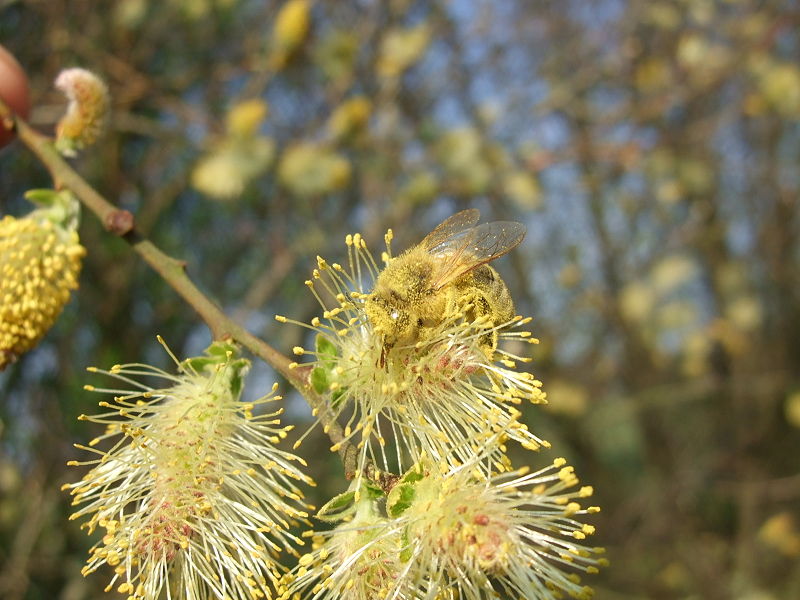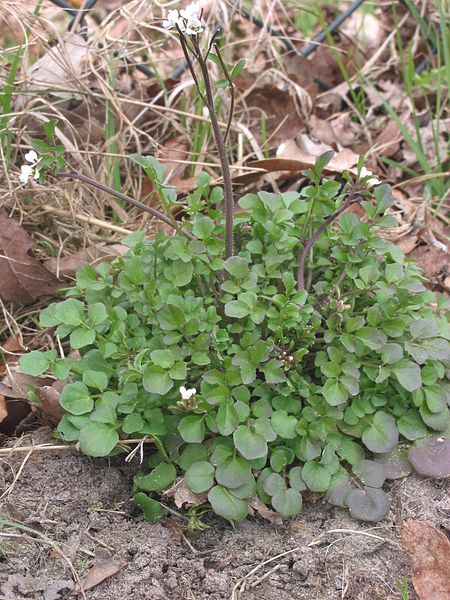
Tree Top Guide - Willow
Botanical name : Salix (?) There are over 400 species including Salix purpea, fragilis, babylonica, alba, nigra...
Common names : Willow, Weeping Willow (actually a hybrid), Osier, Sallow.
Physical appearance : A medium sized tree growing up to 15 metres in height. It has branches and stalks which have a tendnecy to hang downwards and is commony found around graveyards and cemeteries. Its leaves are often elongated, feather veined, with serrated edges (though not always). There are approximately 400 species of willow. Many of them are small growing varieties such as the dwarf willow (Salis herbacea).

Where to find : Willow can be found throughout much of Europe, the Americas and Asia. It has a preferance for well watered soils so is commonly found by wetlands and water courses. Another reason for their presence near waterways, is that their large root systems help support river banks and so were planted in these locations, for these reasons.
(Above : Raindrops falling from the weeping willow were siad to have the appearance of tears, hence the name weeping willow). Notice the large amount of ground shade produced by the tree.
Uses : Willow has a huge range of uses including medical, mechanical as well as agricultural.

Medicinal : Willow bark has a very high concentration of salicylic acid. This was first extracted by Henri Leroux in 1828 and isolated by Italian scientis Raffaele Piria. However its medicinal properties were know as far back as the Asyrian, Greek, and Egyptian empires. The saicylic acid can be extracted by a process of grinding and then boiling the inner, pink bark. Please note, some Willow trees will not be appropriate as their bark does not contain sufficient ammonuts of salicylic acid or can contain toxins that are harmfulk to humans. The most commonly used Willows for extracting salicylic acid are White willow (Salix alba) and black or pussy willow (Salix nigra). Other species, such as crack willow (Salix fragilis), purple willow (Salix purpurea), and weeping willow (Salix babylonica), can also be used. For extraction, trees that are one or two years old are most effective.

Above (processed salicylic acid in its pure form).
Mechanical : Willow has been used in may different cultures for thousands of years. Uses include basketry, making living willow structures, charcoal production, wattle and daub, fish and waterfowl protection, cricket bats, coffins for ground burial, sweat lodges, fuel, wood chips, furniture, paper making, tool handles, children's education and plenty more...
Agricultural : Many uses including land reclamation, soil improvement, bioengineering, phytoremediation, lanscaping and carbon mitigation.
All round this is a very useful species of tree to know about, given its wide range of useful applications.
Please note - Many trees and plants look similar. If you are planning to consume any plants or derivatives thereof, please ensure you know what you are picking so as to not accidentaly poison yourself or others!

Images courtesy of : B. Marlin, Ikea, Demeester, Augiasstallputzer and Adam 001d via Wikipedia Creative Commons Attribution
The Bushgear Team



